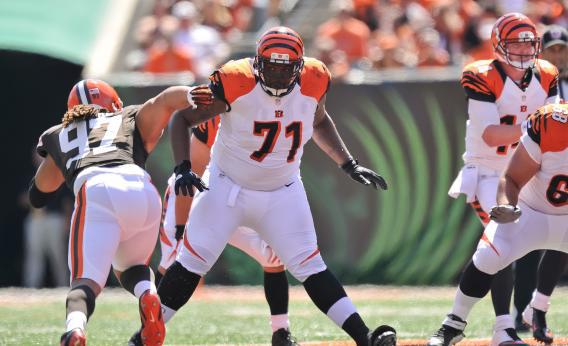Over the past several months, I had the rare opportunity to call up some of the top female athletes in the world, clear my throat, and say: “So—tell me everything about your boobs.” As I reported in ESPN the Magazine’s annual Body Issue, which hits newsstands on Friday, breasts can pose serious physical challenges in athletic performance, from jogging to gymnastics. But I also found that these anatomical barriers are inseparable from societal constraints heaped on boobs in motion. And nowhere is that clearer than when that extra tissue sprouts on men’s chests.
For centuries of competition, “Do breasts get in the way of sports?” was not a serious question—it was a strategy for dismissing female athletes outright, no scientific evidence required. The sports bra wasn’t even invented until 1977. Part of the problem is that both sports and science are so historically male-dominated that the study of the movement of breasts (and the development of better bras to battle the bounce) just hasn’t been a priority. The discipline of breast biomechanics—which often includes recording video of volunteers running, bare-breasted, on treadmills—requires a high concentration of female scientists, and their findings are crucial for improving equipment and strategies that fit female bodies. And outside of the laboratory, athletes’ breasts are simultaneously stigmatized and eroticized by gawking fans. Take a peek into the world of women’s tennis over the past couple of years, and you’ll find that no breast size is safe from shaming: When busty Romanian player Simona Halep announced plans to receive a breast reduction in 2010, her “fans” staged an online revolt; Serena Williams has been mocked on the court for her ample chest size; and just last week, Wimbledon champion Marion Bartoli was hounded by spectators over the visible outline of her nipples.
But the societal stigma of competing with breasts crystalized for me when I looked outside the world of women’s athletics. When I visited the offices of Dr. Grant Stevens, a Marina Del Rey, Calif., plastic surgeon who specializes in breast reductions, he told me he’d treated scores of amateur and professional female athletes hoping to lighten the load to improve their performance. Men came to him for a different reason: “It’s because they have man boobs, and they’re embarrassed,” he told me.
Among athletes, man boobs can be a telltale sign of juicing: When women use androgenic-anabolic steroids, their breasts can shrink; when men abuse the drug, they can sprout. But some sportsmen just have the bad luck of being naturally bountiful. Cincinnati Bengals offensive tackle Andre Smith put his NFL future in jeopardy—and earned the nickname “Man Boobs”— when he stripped down to his shorts for weigh-in and executed a topless 40-yard dash on Pro Day in 2009. Breasty nicknames are a common way to point out that an athlete’s physique isn’t up to the masculine standard. But Smith’s problem was as much about appearances as it was speed: “No one asked him to take his shirt off,” NFL Network draft analyst Mike Mayock remarked at the time. “If I were him or his agent, there’s no way I’d let him take his shirt off in the entire workout.” Tiger Woods’ former caddie Steve Williams swears that on the 17th fairway of the 2002 U.S. Open, a spectator kept goading Phil Mickelson to turn in his direction. “Phil,” he said. “Phil.” And then: “Mr. Mickelson.” When Mickelson finally turned to give the guy a wave, the guy called out: “Nice tits.” Mickelson double-bogeyed the hole. (Mickelson claims he was just having an off day; he later called the story a “total fabrication.”)
But no athlete has been aligned with moobs more than MMA fighter Darrill Schoonover, who—thanks to The Ultimate Fighter coach Rampage Jackson—is better known by his unofficial nickname. “I’m gonna call you Titties,” Rampage said soon after Schoonover was recruited into the show’s 2009 competition. Rampage lived up to his word at every opportunity. On Schoonover’s form: “Don’t bounce like that, you’re distracting them with your titties.” On his chances in the ring: “You ain’t gonna win nothing, Titties. Titties! You gonna win a wet T-shirt contest.” When Schoonover was called up for his first big bout on the show, Rampage leaned over the rope and whispered: “Got milk, bitch? Got milk?”
There’s no evidence that Schoonover’s chest interfered physically with his abilities in the cage. But as the competition stretched on, Rampage’s targeted comments began to rattle Schoonover psychologically; he started to fixate on fighting back against Rampage instead of taking on his actual opponents. Schoonover’s problem was simply that his chest looked like breasts, breasts are associated with women, and women are unfairly perceived as inferior competitors. The scientists working to build a better sports bra will help female athletes step up their game. But the field will really level will when everyone standing on the sidelines learns to adjust their gaze.
